WWII artist Edward Brodney's dying wish was to keep his art together. FSU fulfilled it
FRAMINGHAM — When respected World War II artist Edward Brodney was dying of cancer in 2002, he asked his daughter for a promise.
"He made me promise to find a home for these paintings, he wanted them to be kept together," said Brodney's daughter, Jeanne Goldner of Wayland. "Most of the war artists' pictures have been lost, and he didn't want that to happen. For 20 years, I've been looking for a home. I've called military museums and art galleries."
Finally, the entire collection of 300 paintings and sketches has found a home with Framingham State University.
On Saturday, Framingham State will host "The Edward Brodney Collection: WWII Art of the South Pacific," from 1-4 p.m. at the McCarthy Center Forum, 100 State St. A suggested $25 donation is requested, with proceeds to go to the Student Veterans' Scholarship Fund.
More: Danforth's Juried Exhibition features work of 72 New England artists
Finding the perfect home for the collection took time, Goldner said, because she had several requirements. Along with keeping the entire collection together, she wanted at least one of her father's works to be displayed at all times. Framingham State has agreed to three. She also wanted people to have access to the artwork for educational purposes, to which Framingham State has also agreed.
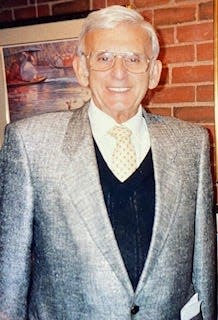
Goldner also wanted the collection to be used to raise money for student veterans who may not have enough money to finish their education. Education was important to her father, a Yale graduate.
Brodney's story is a fascinating one, she said. Growing up in Newton, Brodney was always into art and made money after the Great Depression by painting bar walls. He also won a Federal Works Progress Association competition to paint a mural for the State House. He later did a second one.
More: Suzanne Hodes, 33 photographers in new exhibits dig into roots of the Danforth Art Museum
After being drafted into the Army in 1941, Brodney initially served as a medic. He passed his time doing sketches on anything he could find. Somehow, his ability as an artist was discovered, Goldner said,
He became a military artist, Goldner said. He did paintings and sketches of soldiers where he served in the South Pacific, which were later sent to hometown newspapers. His tour of duty included Guadalcanal, Bougainville and New Caledonia.
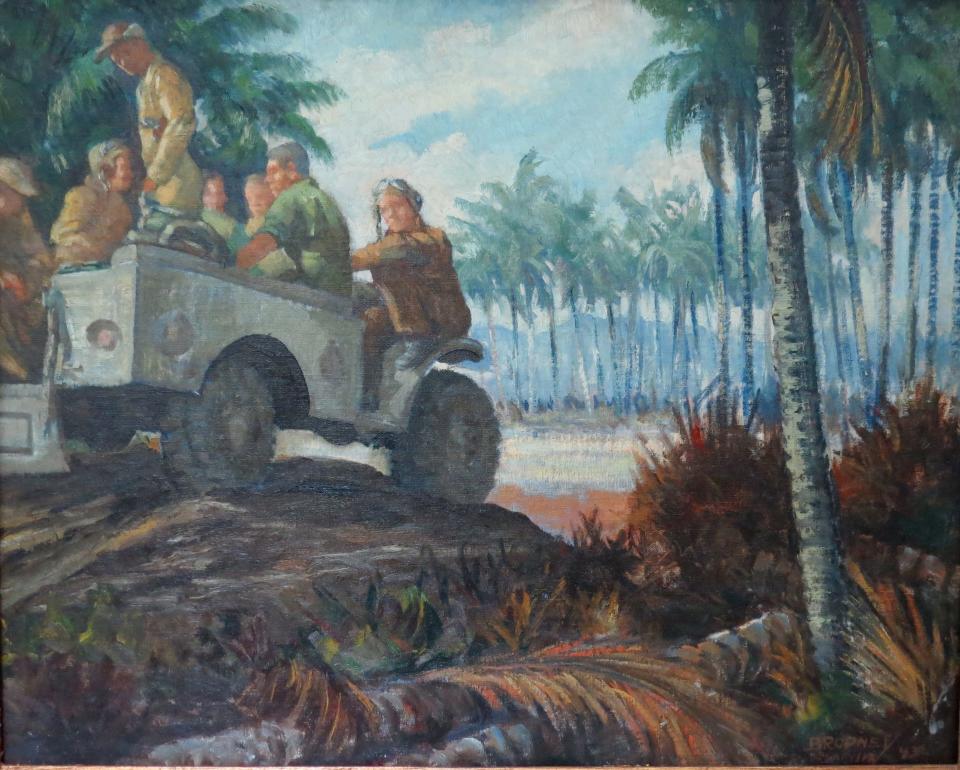
He would paint soldiers in a favorable light to help drum up support for the war effort. Thousands of people saw his artwork around the country, but his children never knew about it.
"The reality is I grew up in a house where no one spoke about World War II," said Goldner. "He came back from the war, packed his paintings away and then opened up an art gallery (The Brodney Gallery), a very prestigious art gallery in Boston, and ran it for 30 years. At 65, he said, 'I want to be an artist, and walked away from the business and started painting."
It wasn't until 1995 when Goldner learned about her father's wartime artwork. Her father was in Florida, so she stopped by his Newton home to get his mail and check his answering machine.
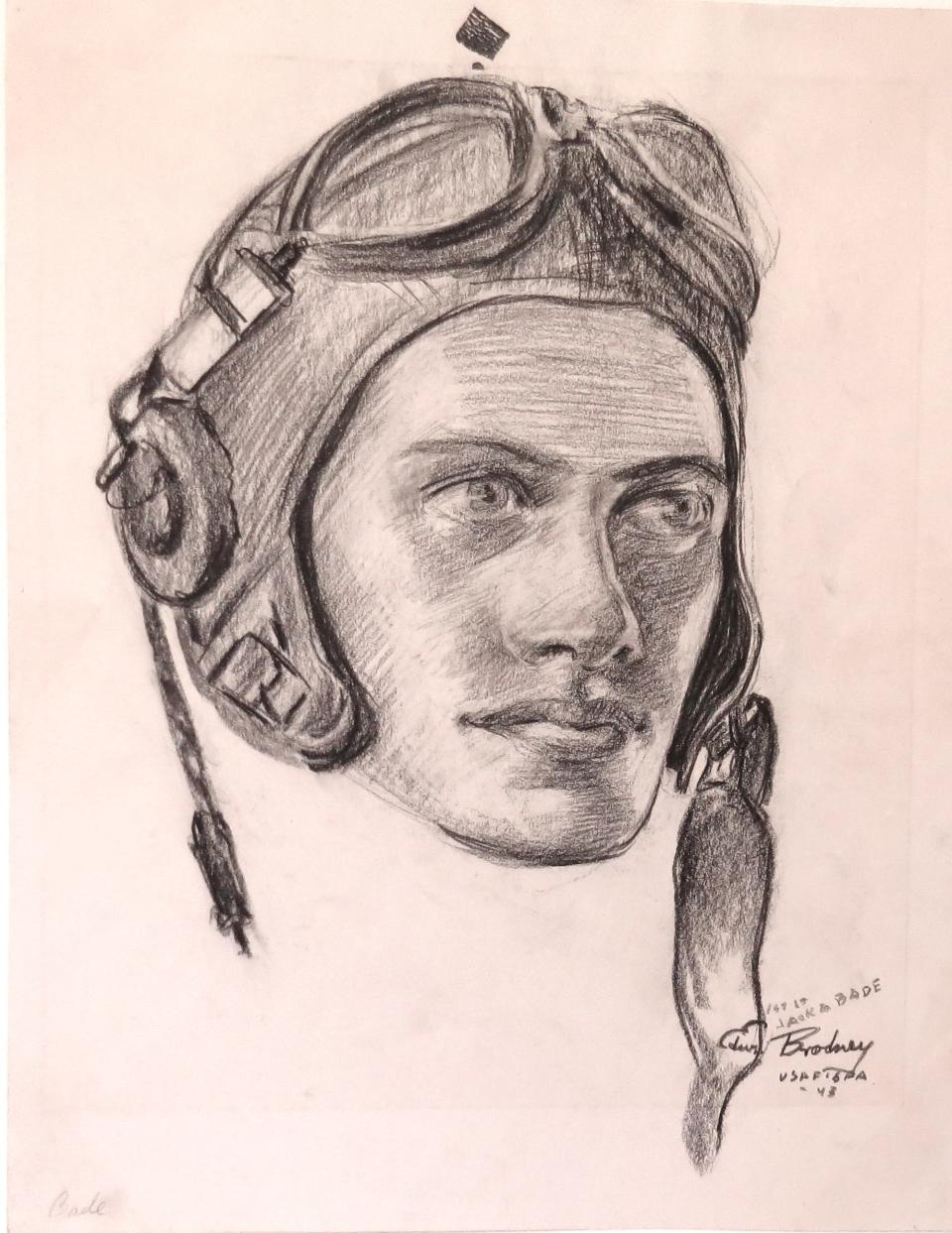
It was a message from a representative in Congress, who wanted to reach Brodney about a ceremony honoring the wartime artists. At the time, 30 were still living, although fewer than 10 were healthy enough to attend the ceremony in Washington, D.C.
"He never said anything about it," said Goldner. "He came back and put together a collection of 120 pieces. Our mouths just fell open. We spent the day looking at the paintings and inventorying them."
His work, along with that of other artists from World War II, was displayed in an exhibit at the National Gallery of Art in Washington.
However, after that, it took a year — and the intervention of U.S. Sen. Ted Kennedy — to have Brodney's art returned to him. That solidified Brodney's desire to make sure his artwork stayed together forever, Goldner said.
More: Framingham celebrates its diversity with 'Many Cultures, One Heart' public art installation
The collection includes oil paintings and sketches, many of them of a smaller size because Brodney had to do a lot of the work on the run. The artwork depicts soldiers doing their daily work such as repairing planes or carrying supplies or even preparing for battle.
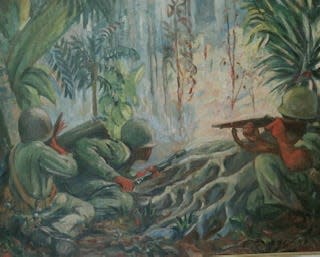
FSU is excited about having the collection, according to President Nancy Niemi.
“We are honored and excited to share the art collection of Mr. Brodney with the community,” Niemi said in a statement. “The collection features many moving and beautiful pieces that hold significant historical value. This event is a great chance to see them on display, while raising money to support our student veterans.”
More: At the Danforth, 'Wonderscape' exhibit is bursting with life
Jennifer DeFronzo, executive director of development and alumni relations, said the one-day exhibit won't display all 300 pieces. However, she said, the university is working on a way so many can view the collection.
"We're working to get the collection online so everyone can see," she said. "It's really a one-of-a-kind collection. There's really nothing else really like it."
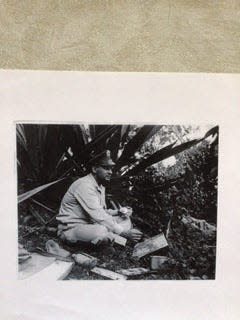
Goldner said she is happy Framingham State will be a permanent home for her father's collection and honoring his dying wish
"Most of the war artists pictures have been lost," said Goldner. "By 1950, the military only had 275 out of the more than 2,000 pieces they had kept left. There should have been this enormous collection of this World War II art. They (FSU) promised to keep his pictures and keep them safe. That's what he wanted."
Norman Miller can be reached at 508-626-3823 or nmiller@wickedlocal.com. For up-to-date news, follow Norman Miller on Twitter @Norman_MillerMW or on Facebook at facebook.com/NormanMillerCrime.
This article originally appeared on MetroWest Daily News: WW2 artist Edward Brodeny's collection has a new home in Framingham

